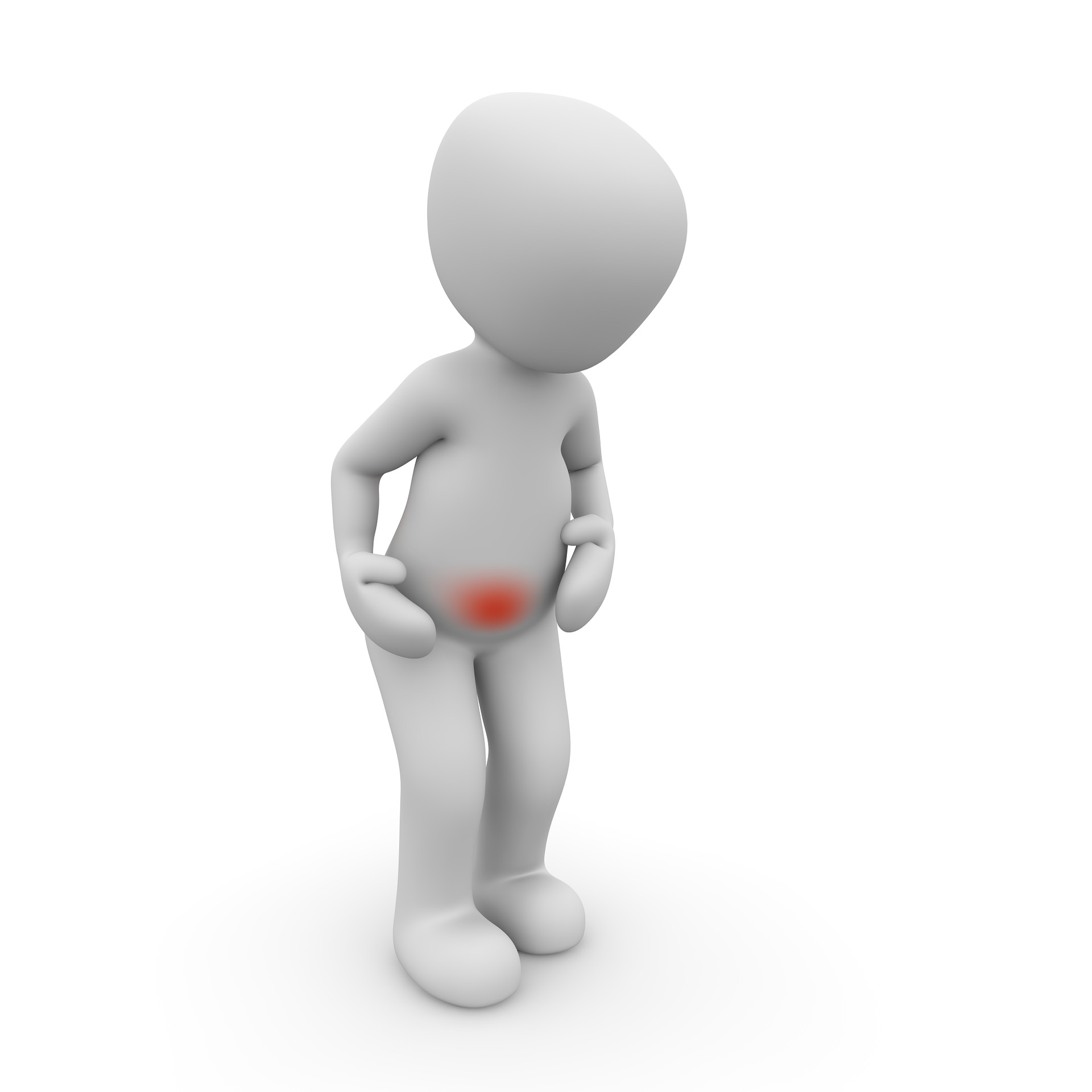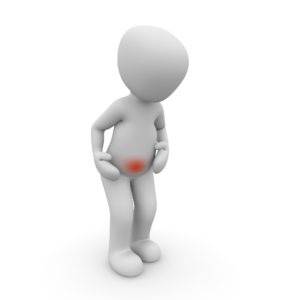BYD Blog
What is Childbirth Pain?

What is Childbirth Pain

Childbirth pain is a touchy subject. How much is too much? Isn’t all pain bad? Many women believe birth should not have to hurt.
A recent article caught my eye as it was discussing 13 pains that are worse than childbirth which got me to thinking about how prepared or unprepared women and their partners are for birth. And how their preparation may influence their birth choices and outcomes.
In order to stack the deck for an uncomplicated vaginal delivery, it is important to have proper nutrition for the mother, the baby, and the placenta. It is important to practice good body mechanics and exercise so that the mother and baby can work together to align for birth as well as to be physically fit enough to change positions in labor. Also, the couple needs to work on stress management techniques. Stress reduction through childbirth classes, working with a doula and having a supportive care provider and a supportive partner can have both short-term and long-term benefits.
Once you have a healthy foundation then the birth can unfold as needed. But that doesn’t mean that it will be pain-free. Gentle Birth Strategies is an article on the three forms of pain commonly experienced in labor. They are emotional, physiological, and functional pain. And most of this pain can be eliminated with a healthy foundation but not all.
So if we can reduce the pain of childbirth by say 75% with a healthy foundation then let’s talk about the remaining 25%. Where does that pain come from and what is its purpose?
The pain of childbirth comes from effective contractions pushing a baby down into the cervix and then into the vagina. As the uterus coordinates and cooperates actions there is more sensation. The same is true as the baby dilates the cervix and, moves into the vagina stretching tissues for delivery. Some women have more pain receptors in the cervix and find dilation is more challenging than other women who appear to have more nerve endings in the vagina and pelvic floor who find delivery more powerful. However, no matter where your pain receptors lie childbirth is full of sensations.
Some women will report childbirth sensations to be more like pressure or waves, others call it throbbing and still, others use words like sharp, hard, strong, and powerful. Today I meet with Sarah my client who wrote the article Accidentally Gave Birth to My Daughter at Home…in the Toilet and she said yes labor was powerful and painful at the very end but it was manageable.
Manageable. Why would a woman use the word’ manageable? At her postpartum visit, we discussed the concept of pain. We spoke about how both athletes and individuals who have experienced body pain in the past may be better prepared for childbirth. My hypothesis it is that these individuals have an innate understanding of their body and understand the difference between ‘muscular feedback’ from working out and ‘pain’ from I broke a bone pain. Or pain from an autoimmune disease or kidney stones versus ‘my body is working hard.
Labor is about your body working hard to get to an end goal. Labor is about working with your body to make a change. Labor pain is stretching, pressure, and contractions but all those sensations ebb and flow until the very end. Labor is manageable due to the wavelike motions of contractions that make a change.
Unlike:
- Kidney stones
- Migraines
- Back pain
- Broken bones
- Gout
- Toothache
And many of the other pains listed in the article. Childbirth pain had a beginning, middle, and end. It is not continuous. It is not mind-blowing. Natural childbirth is doable. It is possible as between each contraction is a break. A moment of silence and peace. The laboring mother needs to recognize and reach for those breaks. She needs to use it for the break that it is and gather energy for the next wave. Women who are unable to use the break effectively are challenged with the pain of childbirth.
My takeaway for you is two-fold. One- build a healthy foundation with the help of your childbirth educator, doula, or provider. Two- know that childbirth pain is doable with the right preparation and support.
Amazon Affiliates
Click here to visit an Amazon list crafted by our students and clients for parents approved books and props for pregnancy through infancy.
